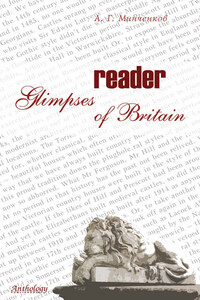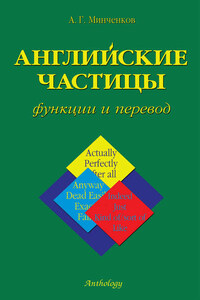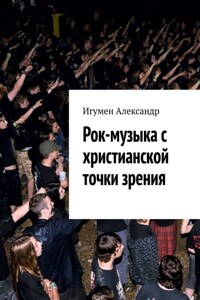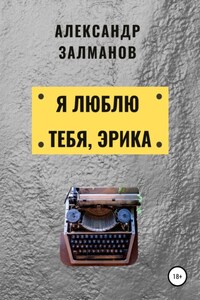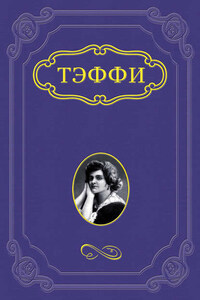by Roy Strong
Daily Mail, August 5, 2004
So, New Labour’s control police have struck again. In its infinite wisdom, John Prescott’s department has announced that all new large country houses must be based on modern and innovative architecture rather than replication of the past.
The ignorant Keith Hill, Housing and Planning Minister, wants to change “the face of new country house architecture from a pastiche of historical styles to innovative cutting-edge design… creating buildings that people will want to visit in 100 years’ time”.
The arrogance of such a remark is mind-blowing. What right has any government, short of a fascist Mussolini-style dictatorship, to lay down architectural style for anyone? What right has Hill – no architectural expert himself – to dismiss the distinguished work of a raft of today’s architects as “pastiche”?
And is it any surprise that New Labour crony Lord Rogers – he of the ghastly Dome, which is still swallowing oceans of taxpayers’ money four years on from the millennium – is one of the few who welcomes the decision as “tremendous news”?
This appalling ignorance of our architectural history is shared, somewhat surprisingly, by George Ferguson, President of the Royal Institute of British Architects, who also applauds the Government’s stance with these words: “The country house has, throughout the ages, been one of the defining elements of our architectural and social history.”
That sounds all right, but what he does not say is that the architectural and social history to which he refers has been written by our ability to use the architectural styles of past and adapt them for modern-day living. But this “revivalism” is the very concept that is now so abhorred. What Mr Ferguson, Mr Hill and the lumpen John Prescott betray is a profound ignorance of this country’s architectural history. At no period in that history has the past not been relived. We have always looked back while simultaneously embracing the new. That is why so many Victorian country houses were built in the style of the 14th century and yet included every up-to-date mod con. Take the medieval form of the castle. If the likes of Hill and Prescott had been around in 1485, no one would have been allowed to build one after the Wars of the Roses.
And yet the Elizabethans built medieval castles, so did the Georgians. Castles sprang up everywhere through the Regency and Victorian periods, and medieval castles were still being built after 1914 as anyone who visits Sir Edwin Lutyens’ masterpiece Castle Drogo in Devon – which went up between 1910 and 1930 – knows.
Or, to take another instance. The Gothic style didn’t die with the Middle Ages. Gothic churches were erected in the 17th century and Gothic took off again in the 18th, rising to a floodtide in the Victorian period.
If Prescott and Hill had their way, all those Gothic country house masterpieces such as Lacock Abbey in Wiltshire, Arbury Hall in Warwickshire, Strawberry Hill in Twickenham or Tyntesfield in Somerset – which has just been bought by the National Trust – would never have been built.
Or, to expose the absurdity even further, Inigo Jones’s 17th century Queen’s House at Greenwich – the foundation stone of the Renaissance classical style in England and based on the architecture of ancient Rome – would have been vetoed. You could even say that Chatsworth and Blenheim would not have been allowed.
There is absolutely nothing to be ashamed of in an architectural style which offers a strong evocation of the past. Almost everyone feels comfortable with something that recalls our common history.
The last time the Government exercised this kind of control was in the post-war period when, under the aegis of Labour, the modernists dominated local planning.
We now lament the horrors perpetrated during the Sixties by architects driven on by disastrous social-engineering projects which resulted in hideous tower blocks, the wiping out of historic town centres and horrendous shopping malls and community centres.
Let me say at once that I have nothing against modernist architecture if it is good. But, like New Labour, it is and has always been essentially urban – a style not easily transported to rural locations.
The Tories introduced legislation known as Gummer’s Law, which allowed new country houses to arise in whatever style the owner opted for, whether classical, gothic, modernist or indeed post-modernist.
As a consequence there was a renaissance in country house building – beautiful houses which often utilise the classical repertory of the past but are, at the same time, very much of their own day. They epitomise the way that we have always built country houses.
But New Labour, in its ignorance and desire to control how people should live, has simply flushed this proud tradition down the plughole.
by Dr John Plunkett
BBC History, April 2003
The Queen’s diaries are a popular bestseller, yet her photographs are allegedly manipulated by retouchers. There are calls for the Prince of Wales to show himself more to the people, yet his engagement photographs are criticised for being too intimate and revealing. No, these are not the feverish dreams of an editor of one of today’s Fleet Street tabloids, but episodes that did take place – in the 19th century.
A charged relationship between the monarchy and the media is not a new concern. Queen Victoria was the first monarch to cope with the type of attention that has since become the norm for the British monarchy. During Victoria’s reign, the royal family was a beneficiary of a new mass print and visual culture, but was subjected simultaneously to its demands and intrusions. In conjunction with industrialisation and constitutional reform, a popular publishing industry helped reinvent the position of the monarchy in national life.
The first decade of the reign coincided with the growth of popular weekly newspapers and the first periodicals devoted to graphic news. The News of the World began publication in October 1843, six years after Victoria’s accession. It belonged to a new genre of newspapers aimed at a readership unable to afford a daily paper, and which lacked the leisure to read one. Matching this growth were the more expensive illustrated periodicals supplying graphic news. The Illustrated London News began its long life in May 1842, and was soon joined by several imitators. Prior to this, very few newspapers had provided illustrations of contemporary events. The development of illustrated periodicals and a popular press played a significant role in creating a new style of monarchy, one built around an increasingly public role. During the 1840s and 1850s, Victoria and her husband Albert undertook an unprecedented number of civic engagements, regional tours and international visits. The publicity these received helped promote an image of a monarchy in touch with its subjects.
